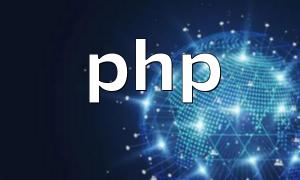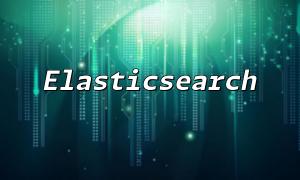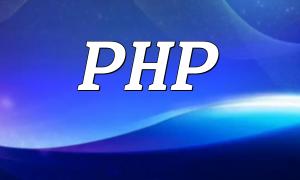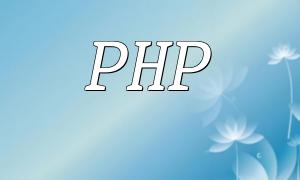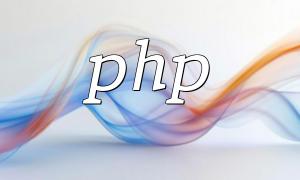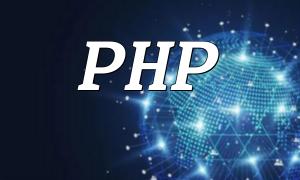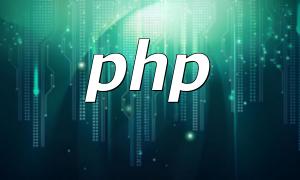This guide provides PHP developers with a complete CI/CD tutorial, detailing how to build automated workflows for building, testing, and deploying applications step by step. CI/CD (Continuous Integration / Continuous Deployment) is a key practice in modern software development that speeds up delivery, improves code quality, and reduces deployment risks. By following this tutorial, you will learn how to optimize PHP development using CI/CD tools.
Continuous Integration and Continuous Deployment (CI/CD) are best practices for automating the software development process, allowing more frequent and reliable releases. For PHP developers, a CI/CD pipeline can significantly improve efficiency and code quality. This article will guide you through setting up a basic PHP CI/CD pipeline using Jenkins and GitHub Actions for automated workflows.
Jenkins is a popular CI/CD server. First, install Jenkins on your server. You can refer to the official documentation for download and installation instructions.
Create a new GitHub repository to store your PHP code. Make sure to add a .gitignore file to exclude files that shouldn't be committed, such as the vendor/ directory.
Log in to the Jenkins dashboard and create a new job. Select “Freestyle project” and configure the following:
sh "composer install" sh "phpunit" sh "Docker build -t my-php-image ."
In your GitHub repository settings, find the integration options, add Jenkins, and authorize access. This ensures that Jenkins builds are automatically triggered whenever code is updated.
GitHub Actions is GitHub's CI/CD platform. Create a workflow file in your repository at .github/workflows/ci.yml and add the following content:
on: [push]
jobs:
build:
runs-on: ubuntu-latest
steps:
- uses: actions/checkout@v2
- uses: actions/setup-php@v2
with:
php-version: "7.4"
- run: composer install
- run: phpunit
- run: docker build -t my-php-image .After pushing code changes to the GitHub repository, Jenkins and GitHub Actions will automatically trigger the CI/CD pipeline, enabling automated build and testing.
Once the CI/CD pipeline completes successfully, you can manually or automatically deploy the code to the production environment. For example, use Jenkins' Docker plugin to deploy images to a Kubernetes cluster for rapid deployment.
By following this tutorial, you can set up a basic PHP CI/CD pipeline for automated building, testing, and deployment. Continuous integration and deployment improve development efficiency and code quality. Adhering to best practices will make your development workflow more efficient and stable.
